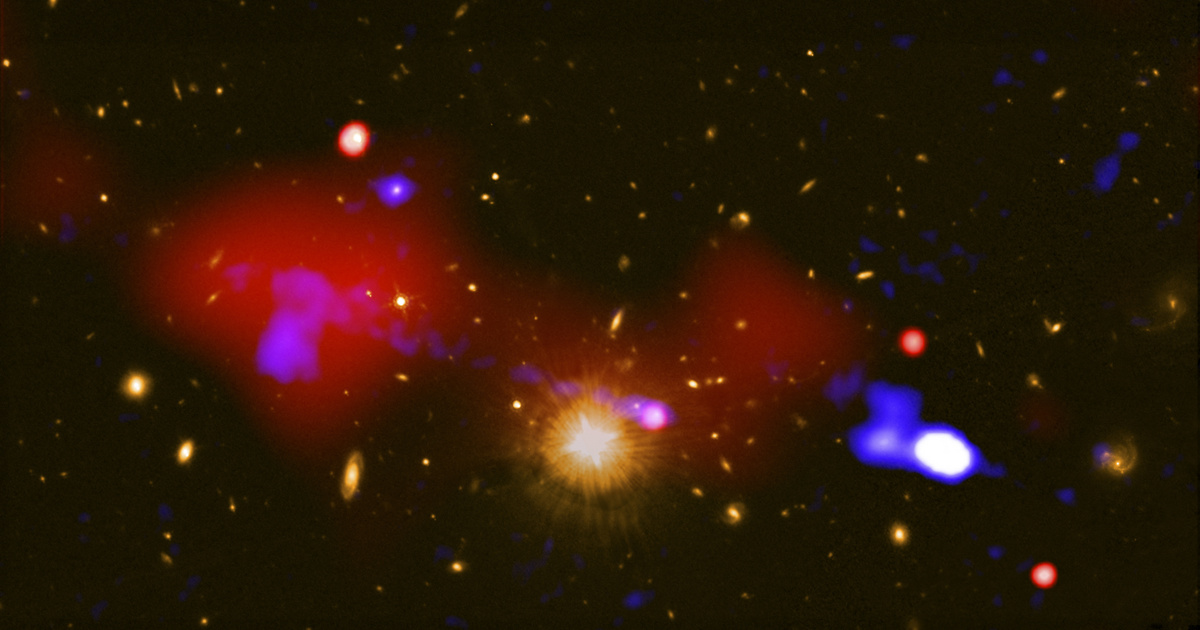A team of astronomers analyzed data from NASA’s Chandra Space Telescope when they discovered a 200,000 solar-mass black hole in the heart of the dwarf galaxy Mrk 462. space.com.
Although the mass of the object is huge, it is still one of the smallest supermassive black holes ever found
said Jack Barker of Dartmouth College.
Very massive or supermassive black holes are called monsters of the universe and can weigh up to ten billion times the weight of the Sun. The lightest items in this category are particularly hard to spot.
There are hundreds of millions of stars in Mrk 462. While that may sound like a lot, there are a few hundred billion stars in our Milky Way.
Until now, the black hole cannot be observed from the dust and gas covering it. In a larger galaxy, the existence of a supermassive black hole can be inferred by stars moving rapidly around the center, but this is not possible in such a small system. Instead, the group observed Chandra with X-rays, and the data revealed radiation from the gas that had been absorbed by the body.
“It’s hard to detect similar buried black holes,” said researcher Ryan Hickox. The discovery shows that many things can still wait to be found in dwarf galaxies. Experts are confident that the latest results will contribute to understanding how supermassive black holes grew so dramatically in the early history of the universe.












































